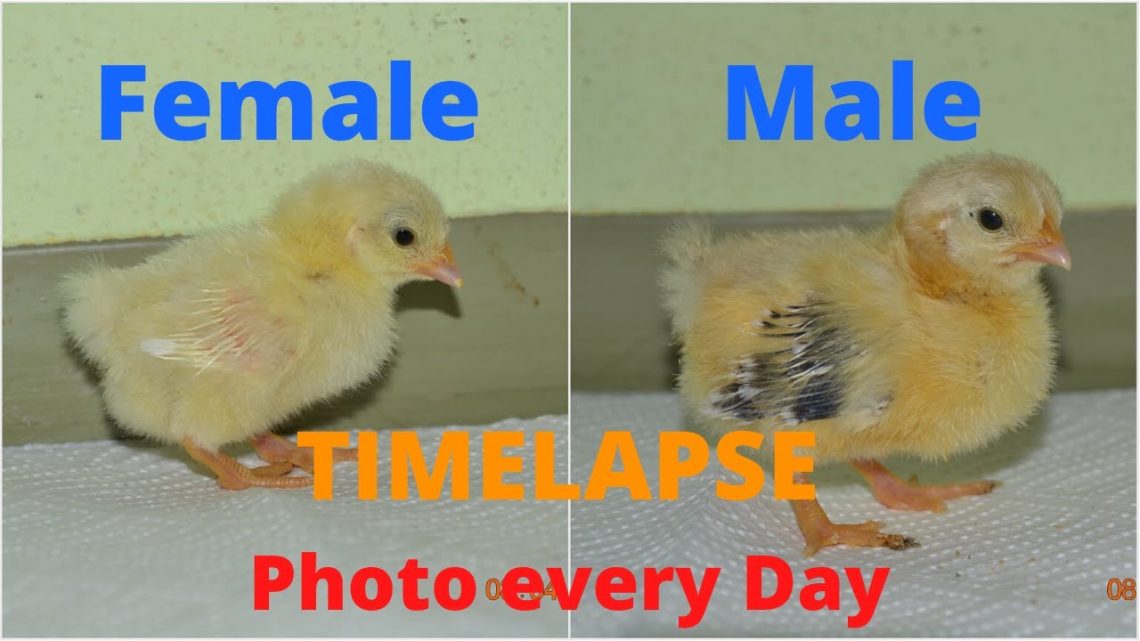
How to determine the sex of a chicken: cockerel chick or hen chick
The question of how to determine the sex of a chicken is asked by many homeowners and novice farmers, for them it is very significant. Whom the future chicken will become, a chicken or a cockerel, I want to know from the very beginning. After all, hens will lay eggs and give good meat and feathers. If this is not the most important thing, then cockerels are chosen.
Contents
Folk ways – how to determine the sex of a chicken
To solve this issue (how to determine the sex of a chicken) there are several ways. And in this matter, folk wisdom is in no way inferior to science and is applied in practice on an equal basis with all scientific methods. So let’s look at them in order:
- One way to determine the sex of a chick is to hold it by the scruff of the neck and observe how the chick holds its legs. A female chicken, that is, a chicken, will try to twist its claws and raise its legs. But in an individual “man” the paws will hang evenly.
- The second method for determining the sex of a chicken is to study its behavior when held by its legs. According to this method, future hens will raise their heads up, and the future rooster will hang quietly.
- In the presence of an incubator, you can notice the sequence that the first hatched chicks are in most cases hens, and those that appear later will be cockerels.
- As they grow older, females and males behave differently from each other. If the chickens are about three weeks old or more, then in a stressful situation for them, they behave differently according to their sex. If you frighten them, then future cockerels will stand on the defensive with their heads high and high. However, the chickens will pretend to be motionless, lower their heads and sit down.
- You can also determine the sex of a chicken by the color of the scallop. In chickens, it is small and yellowish. Whereas in males it is more noticeable and has a red color. This allows chicks to be sorted with great accuracy.
- By the color of the fluff, you can also determine male and female chickens. Hens of various colored breeds have peculiar spots on their heads or stripes, but in cockerel chickens, these distinguishing marks are absent. Another sign is plumage. It is very easy to determine the sex of chickens from it, cockerels fledge later than hens.
Scientific methods for determining the sex of a chicken
In addition to these ancient signs, there are also scientific methods determining the sex of a chick. These include:
- Japanese method
- cytogenetic method
- molecular genetic.
Ventsecig or Japanese method
This method of determination was developed in the first half of the twentieth century in Japan. It consists in examining day-old chicks for the appearance of the cloaca and finding the genital tubercle on its inner wall, because it differs significantly in size and shape in hens and cockerels. At the moment, this method is widely used in poultry farming worldwide. At the same time, statistics show that this method allows highly qualified operators with a long work experience to determine the sex of a young chicken with an accuracy of 92-96%, while the speed of work is up to 600-800 individuals per hour.
The downside of ventsexing is the possibility of infection of individuals with intestinal microflora, as well as injury.
This method is recommended to be carried out in intervals six to sixteen hours after the chicks hatch, then in individuals the sexual characteristics already begin to smooth out and it is much more difficult to determine a chicken or a cockerel.
The full cycle of sex determination consists in the following procedures: taking the chick, assessing the condition, emptying the contents of its rectum and then opening the cloaca of the individual. Then all the chicks are distributed in separate boxes depending on their sex. To cleanse the rectum, use the thumb, index and middle fingers of the hand in which the chick is located to squeeze it in the abdomen and sides. Then, holding it in your hand, turn it upside down, then grab the legs with the other hand and pinch them between the middle and index fingers. It is not necessary to squeeze the chick strongly, as this will complicate the inspection.
Correct opening of the cloaca is the most important moment in determining the ownership of the chick. Having fixed the individual in this position, it is necessary to carefully turn the inner wall of the cloaca outward from the side of the abdomen. On the surface of this section, the males will have a genital tubercle, which the hens will not have.
Cytogenetic method
This method is based on the determination of the sex of a day-old chicken by the karyotype of fast-acting feather pulp cells. The Z-sex chromosome in males is the longest metacentric of the karyotype, but in hens, the W-chromosome is 10 times smaller than the W-chromosome is a submetacentric. By the number of Z-chromosomes, one can determine the sex of an individual by studying the mitosis of feather pulp cells by the cytogenetic method. If there is only one chromosome, then this is a chicken, if there are two chromosomes, then this indicates a male sex.
Molecular genetic method
This method includes the possibility of sex determination by blotting hybridization of blood DNA with a specific primer. The sex of a young individual is determined with accuracy both in the analysis of samples of purified DNA and when studying whole blood, washed erythrocytes. However, the molecular genetic method is expensive and time consuming.





